Slideshow Image Gallery
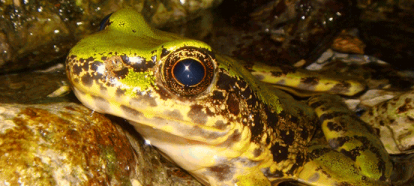 Rana margaretae is a part of an amphibian community formed by six species living in or around the same stream. The microhabitats vary between these species, and the available resources are partitioned and consumed differently. Tadpoles of the different species forage and graze differently. Learn More: |
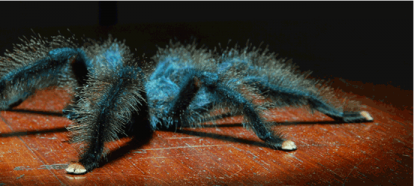 This tarantula species, a pink-toe tarantula (Avicularia avicularia) in Kourou, French Guiana, is common throughout northern South America, frequently found in dwellings. The coloration reverses around 4-5 years for juvenile specimens: pink bodies with dark-colored feet. Learn More: |
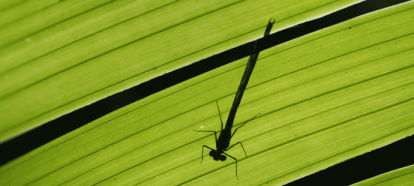 Another example of graduate student research—this damselfly (Zygoptera) was photographed in Monteverde, Costa Rica on a field work expedition for a tropical biology course. Seth Kauppinen is studying the ecology of symbiosis between Amazonian trees and leaf-inhabiting fungi. Learn More: |
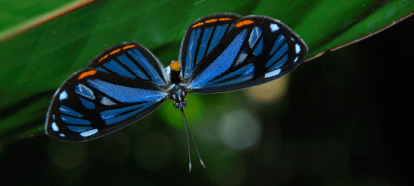 This butterfly was photographed in French Guiana, where some of the oldest soils on earth support a diversity of endemic life forms. IB grad student Seth Kauppinen works in the Fine Lab where researchers investigate the origin and maintenance of tropical tree diversity. Learn More: |
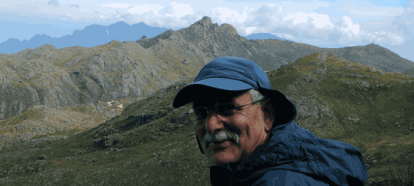 Todd Dawson focuses on how plants from different ecosystems respond ecologically and physiologically to climatic changes. Using field and greenhouse investigations, analysis of isotope composition of tree-ring cellulose and modeling they'll provide the science needed to guide solution-based management and policy decisions. Learn More: |
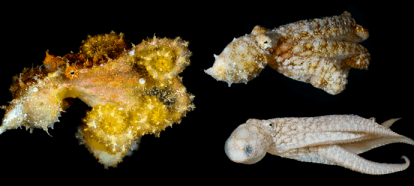 Like octopus and cuttlefish, cephalopods are masters of camouflage quickly changing color, texture and shape to match their environment. Here, a small octopus from Moorea morphs from a form that conceals it amongst corals to a smoother, lighter version as it jets away over white sand. Learn More: |
- « first
- ‹ previous
- 1
- 2
- 3